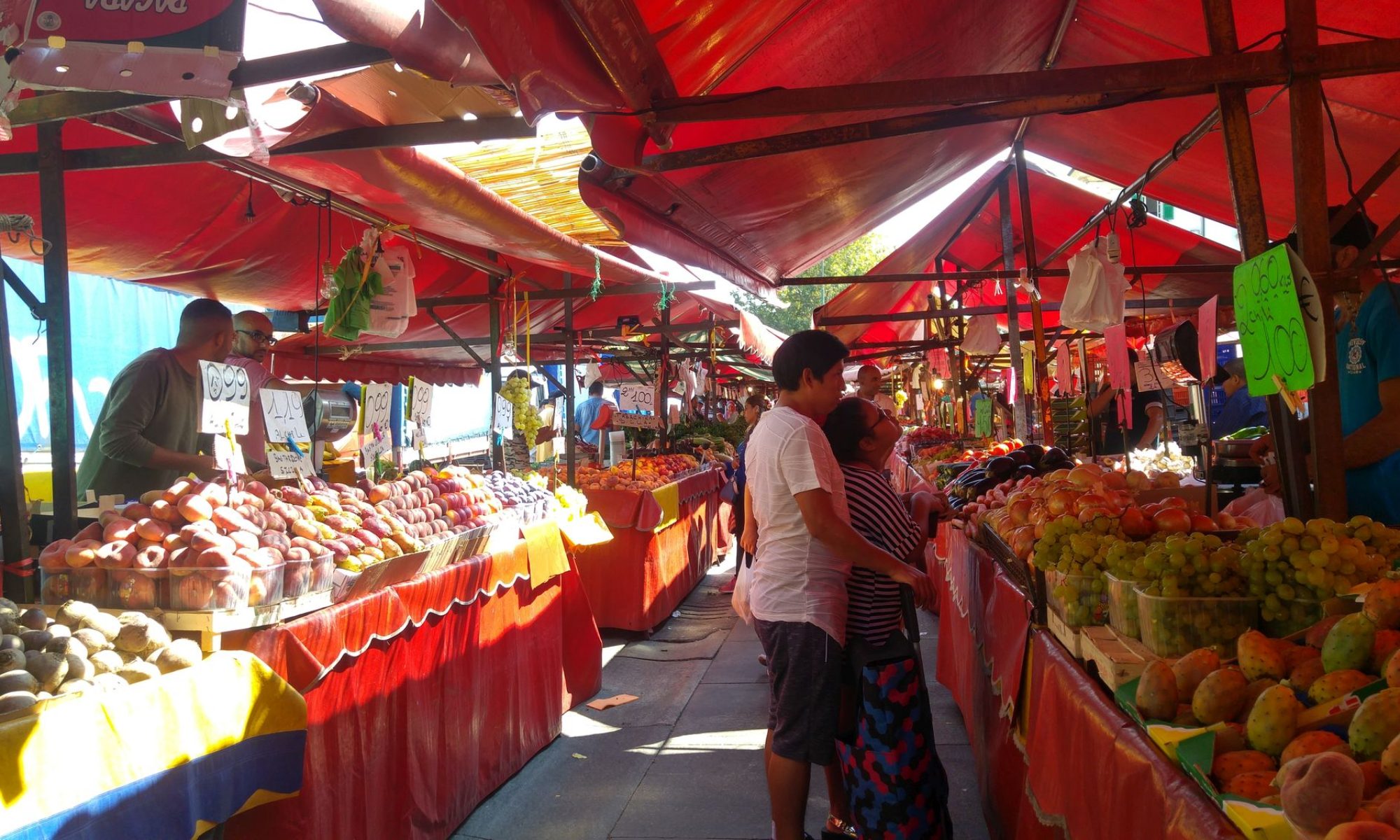Saturday, 19 May, 2018
This morning I watched the Harry and Meghan wedding and enjoyed almost all of it. I will go down as one who found Bishop Curry’s sermon overwhelming and annoying. I enjoyed the cello playing of Sheku Kanneh-Mason, whose career will surely skyrocket now. Windsor looked beautiful, Meghan was radiant, Harry was besotted and tender. What more can you ask for?
Wedding watching accomplished and BBC moving on to the FA Cup, I ventured out to Stoke Newington for the Abney Park Open House.

Abney Park dates from the early 18th century and is one of the ‘magnificent seven’ garden cemeteries of London. It’s a woodland memorial park, an arboretum, and a local Nature Reserve, as well as housing events and workshops. It’s a unique cemetery in that it’s non-denominational, doesn’t have an orderly layout, is as much a park as a cemetery, and has some amazing botanicals. Its 2,500 trees and shrubs were all labelled, and arranged around the perimeter alphabetically, from A for Acer to Z for Zanthoxylum. This planting was carefully designed to do as little as possible to change the existing picturesque land.
All of this gives it a ‘wild’ look. The grass and wildflowers are overgrown and the ivy climbs everywhere, sometimes obscuring the graves. If you go to any of the stones along the path edges and peer past, you’ll see other stones and graves further in, hidden by accident or design. And, although, it’s a cemetery housing many dead, it has a lived-in atmosphere since people wander in here studying the plants, and sit among the graves, picnic, and enjoy music.
I’ll confess to having had a hard time knowing what photos to include here. To me, this the most beautiful cemetery I’ve seen and so forgive the sheer number of images. There are many that I didn’t include.














At the centre of the park cemetery is The Chapel. Its foundation stone of the chapel was laid by the Lord Mayor of London on the 20th of May 1840, the day of the opening ceremony for the cemetery.

The Gothic chapel is the oldest surviving non-denominational chapel in Europe, and is the only surviving public building designed by Hosking, then considered a controversial architect. Hosking carefully planned the chapel to reflect a lack of bias towards any one Christian sect. It was used as a funerary chapel, not a place of worship. The window at the top was just one depicting roses, echoing the 1,000 varieties which were grown here by Loddiges. It was vandalised as the chapel stood unused.
The chapel was derelict for some time but was then made a Grade A listed building so gained some protection. The aim is to restore the chapel but keep its derelict charm, opening it as a centre for arts events and skills training.
Today the cemetery was open to the public and had some stalls focussed on wild life and such. There were activities for the children, and wooden spoon carving for the adults.

A totally enjoyable and warm outing. I wish my legs could let me explore more.
